Please note: In September 2019, we updated the DXOMARK Mobile test protocol to cover ultra-wide-angle performance and renamed the protocol DXOMARK Camera. We also expanded our low-light testing and created the new Night sub-score, which incorporates the previous Flash score. We have retested this device using the new Wide and Night test protocols and updated the scores in this review, but we have not changed the text from the original review. For more information, please see the articles about our new Wide and Night test protocols.


Apple iPhone X camera review (originally published November 6, 2017)
Marking the 10th anniversary of iPhone, the launch of the iPhone X was hugely significant for Apple, so getting the camera specifications and performance right was crucial. The iPhone X features a very similar dual-cam setup to its sister model, the iPhone 8 Plus, with one difference that improved results in several areas. The dual 12Mp sensors remain, including the same wide-angle f/1.8 lens with optical image stabilization (OIS) for the main camera, but for the second camera, there’s an improved telephoto lens that features a wider-aperture f/2.4 lens with OIS. The front-facing camera gets an upgrade, too, with new Face ID technologies benefitting selfie enthusiasts, including improved depth-mapping that makes Portrait mode and bokeh simulation possible.
Key camera specifications:
- 12Mp main camera with wide-angle f/1.8 OIS lens
- 12Mp telephoto camera with f/2.4 OIS lens
- Phase-detection autofocus with touch focus
- Quad LED true-tone flash with slow sync mode
- Portrait mode with portrait lighting
- 4K video @ 60fps
- 7Mp “selfie” cam with f/2.2 lens, face detection, and portrait mode
About DxOMark Mobile tests: For scoring and analysis in our smartphone camera reviews, DxOMark engineers capture and evaluate over 1500 test images and more than 2 hours of video in both controlled lab environments and in natural indoor and outdoor scenes. This article is designed to highlight the most important results of the testing. For more information about the DxOMark Mobile test protocol, click here.
Test summary
With a Photo score of 101, the Apple iPhone X achieves the best results so far for still images, edging out the Huawei Mate 10 Pro and the Samsung Galaxy Note 8, the previous joint leaders in the Photo ranking, by one point. Compared to its cousin iPhone 8 Plus, the X improves noticeably on Zoom performance, but also does better in terms of Exposure, Color, Texture, Noise and Artifacts. Other key strengths in still image mode include very good exposures and HDR images, accurate color rendering, good detail with low noise, as well as a natural-looking bokeh effect in Portrait mode.
For video, the X doesn’t quite rise to the same high-water mark, achieving a video sub-score of 89 points. With its key strengths good exposure with fast convergence during lighting changes, accurate color rendering as well as fast and accurate autofocus and effective video stabilization, the X’s scores are almost identical to the iPhone 8 Plus’s. Its overall score of 97 puts the iPhone X into joint second place with the Huawei Mate 10 in the current DxOMark Mobile overall rankings, just behind the Google Pixel 2 with 98 points.
Bright light
Shooting outdoors or in bright light conditions, the iPhone X boasts excellent exposures and copes very well with high-contrast scenes, ensuring good detail preservation in both highlights and shadows. Skies were especially impressive in many of our outdoor test scenes, displaying good color and highlight detail at sunset, and striking cloud details that really “popped.” White balance is generally accurate and repeatable outdoors, with good color rendering ensuring well-saturated and pleasant hues. Texture is excellent, too, with good fine detail visible in intricate areas; and although noise is generally well-controlled, a low-frequency chroma noise can be noticeable in areas of plain color.
Low light and Flash
Target exposures in indoor lighting conditions are generally accurate, and while the X didn’t score as well in extreme low light, exposures remain usable. White balance remains accurate indoors, too, with fairly neutral results under both tungsten and fluorescent lighting. Colors remain vivid and pleasant indoors as well, and although color is slightly less saturated in extreme low light, it remains very acceptable.
The iPhone X flash pictures display good detail and low noise, neutral white balance, and only slight fall-off in the corners of the frame. However, flash results for images shot in very low light aren’t quite as impressive, with occasional underexposure, particularly in flash-only pictures. A red-eye effect with portraits is frequently visible as well.
Zoom and Bokeh
The iPhone X’s hardware upgrade on the telephoto camera to a brighter-aperture lens with OIS ensures better zoom shots and sharper portraits (particularly indoors) than those taken with the iPhone 8 Plus. Fine detail preservation is noticeably improved as well; and noise is reduced for cleaner results, although some structured noise remains visible in uniform areas.
Bokeh simulation in Portrait mode produces a natural and pleasant background blur effect, giving a realistic shape to circular spectral highlights that’s similar to optical rendering. Subject masking isn’t perfect, with some artifacts visible around the edges of the portrait, and slight depth estimation failures result in parts of the portrait being slightly blurred, although not as blurred as the background. Overall, though, the bokeh effect is pretty good, with good color and detail rendering.
Video
Shooting 4K video at up to 60 frames per second, the iPhone X is a very capable performer for smartphone video enthusiasts. Capturing movies outdoors or in bright light exposures are very good and handle extremes of brightness very well, with the same good detail preservation in the shadows and highlights as we saw with stills. In very low light, videos are often slightly underexposed, but exposure convergence is both fast and smooth during lighting changes. The level of detail in video is good in both outdoor and indoor movies, but a buildup of luminance noise is evident in low-light conditions. Autofocus is fast and accurate, with good tracking capabilities, and although video stabilization is effective, some vibration with walking movement is evident.
Photo scores explained
The Apple iPhone X achieves a total Photo score of 101, which is calculated from its scores in tests that examine different aspects of its performance under several lighting conditions. In this section, we’ll take a closer look at these image quality sub-scores.

Exposure and Contrast
Apple iPhone X
90
An excellent score for Exposure, with particularly strong results when shooting outdoors or in bright light. Capture of HDR scenes is up there with some of the best devices we’ve tested, including the Google Pixel 2 and the Samsung Galaxy Note 8, and the X’s rendering of dramatic skies outdoors was particularly impressive.
Shooting a subject against a dramatic sky outdoors, the iPhone X was excellent, with very good face rendering, including good skin tones and less noise compared to the Google Pixel 2, and better dynamic range in the bright sky compared to the Samsung Galaxy Note 8.
We had less success with our indoor backlit portrait ,however, which underexposed the subject while losing detail in the bright highlights through the window.
The X recorded a lower score of 66 for exposure in extreme low light (compared to 91 indoors and 108 outdoors), with noticeable underexposure evident at both 1 and 5 Lux, although images remain just about usable.

Color
Apple iPhone X
79
A very good overall score for color, which is vivid and pleasant in all lighting conditions, but particularly strong outdoors.The iPhone X rendered better saturation on our colorful balcony windows test scene, albeit with slightly strong reds, compared to the Google Pixel 2 and the Samsung Galaxy Note 8. It had great saturation between 20 and 1000 Lux, although the color in extreme low light is noticeably less vivid due to underexposure. Color shading is also extremely well-controlled, with consistent color across the frame evident in both bright and low-light shots, which is something we rarely see with smartphone images.

Autofocus
Apple iPhone X
78
Generally the iPhone X’s phase detection autofocus system is very accurate, delivering consistently sharp images when shooting static scenes in all lighting conditions. When shooting moving scenes, the iPhone X will get you sharp images as well. However, in some cases (approximately 40%), the focus lag can measure up to 600ms, meaning that you might just miss the decisive moment by a whisker. Those occasional slight delays aside, the focus hit rate was excellent, so you can be confident of snapping consistently in-focus shots in all lighting conditions.

Texture
Apple iPhone X
65
A good overall score for texture, with excellent fine detail preservation in static scenes outdoors, and very acceptable results in low-light conditions. However, scenes with subject movement are more challenging for capturing fine detail, and although in very bright conditions texture is good, subject movement can be blurred in low light.
In handheld images of the DxOMark test chart, you can see fine detail is excellent in very bright light (1000 Lux), and remains very good under indoor lighting conditions (100 Lux). A noticeable loss of detail is evident on 100% crops from images shot in lower-light conditions (20 Lux), but unless you’re planning on displaying images on a large scale, those images will remain acceptable.
100% crops of the DxOMark test chart shot at 5 Lux show the iPhone X records more fine detail compared to the Samsung Galaxy Note 8, but remains very slightly behind the Google Pixel 2.



Noise
Apple iPhone X
69
Noise is well-controlled in bright light and in outdoor images, with very little noise visible on 100% crops, except for some low-frequency chroma noise, which can appear in large areas of darker homogenous color. More apparent luminance noise starts to build up in shadow transitions in indoor conditions at 100 Lux, however, and it’s noticeably heavier in low light (20 Lux), but images remain very acceptable.
Compared to the flagship devices from its main competitors, noise levels on the iPhone X are similar to the Google Pixel 2 in extreme low light, but homogenous areas aren’t as smooth as with the Samsung Galaxy Note 8 in these conditions.

Artifacts
Apple iPhone X
82
A very good score for artifacts, which are generally well-controlled, and excellent results for sharpness across the field, as well as for vignetting, distortion, and chromatic aberration. The X lost points for noticeable ghosting in low-light portraits and for some flare in backlit scenes outdoors, although the flare effect isn’t overly strong. A very noticeable moiré effect is evident in high-frequency patterns, too, as well as a cyan shift that’s occasionally visible in blue skies. Color quantization (pixelation) is frequently visible in large areas of uniform color.

Flash
Apple iPhone X
85
The iPhone X’s flash output is well-centered in the frame. Some flash fall-off is visible, resulting in darker corners, but the effect is less pronounced than on the iPhone 8 Plus. In both flash-only and mixed light scenes, the iPhone X shots display neutral white balance, with repeatable results over consecutive exposures. However, consistent with the underexposure we observed in extreme low light, the iPhone X’s flash-only pictures are noticeably underexposed compared to those taken with the iPhone 8 Plus. Some color quantization (pixelation) is visible in homogenous areas, and a very noticeable red eye effect occurs, but detail preservation is good, with low levels of noise.

Zoom
Apple iPhone X
58
The improvement to the iPhone X’s telephoto lens, including a wider-aperture f/2.4 lens with OIS, helped lift its score over the 8 Plus. Using the 2x optical zoom, fine detail preservation is excellent in both outdoor and indoor conditions; and although softer and noisier in extreme low light, zoom shots remain acceptable. Digital zoom shots at 4x are also very good when shooting outdoors, and are acceptable at 8x, but good detail preservation in lower light conditions using the digital zoom remains challenging.
Compared to the flagship competition, the iPhone X’s improvements for zoom give it an edge over the iPhone 8 Plus, but the Samsung Galaxy Note 8 is still in the lead for zoom shots, with fractionally sharper results for both telephoto lens and digital zoom shots.
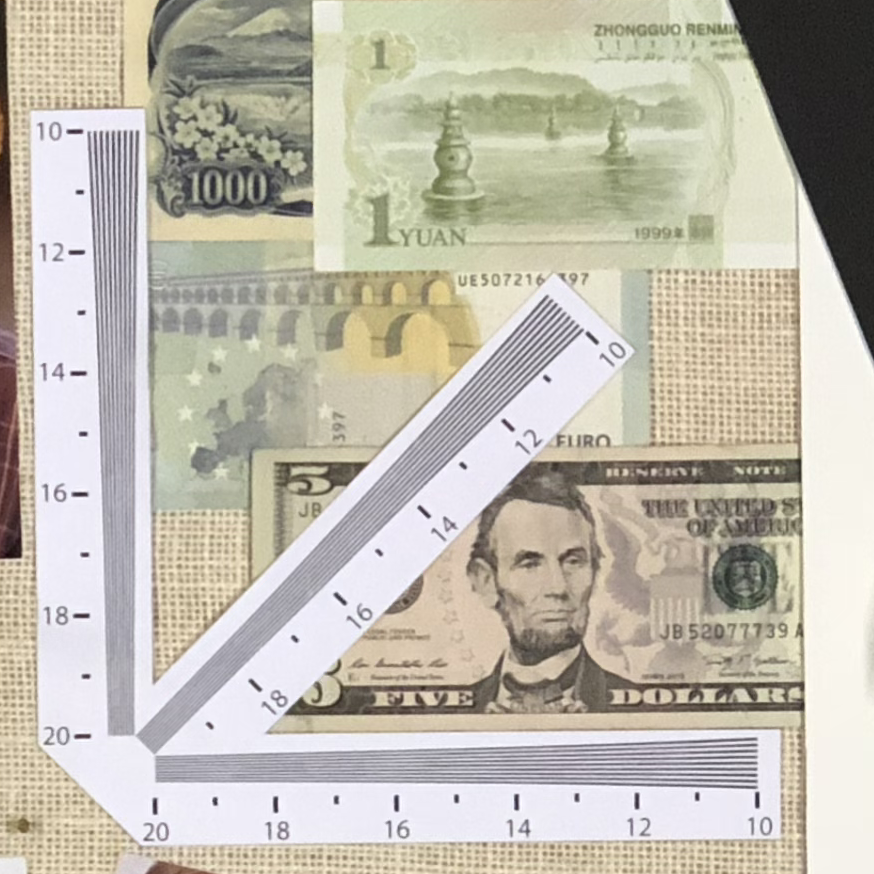
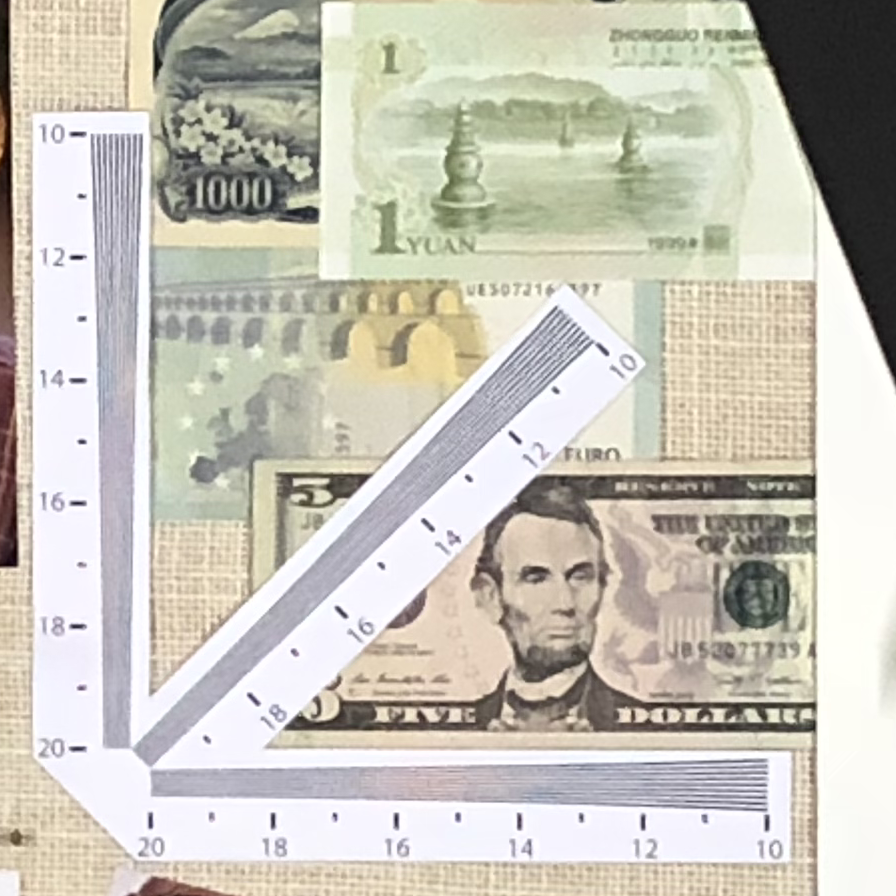
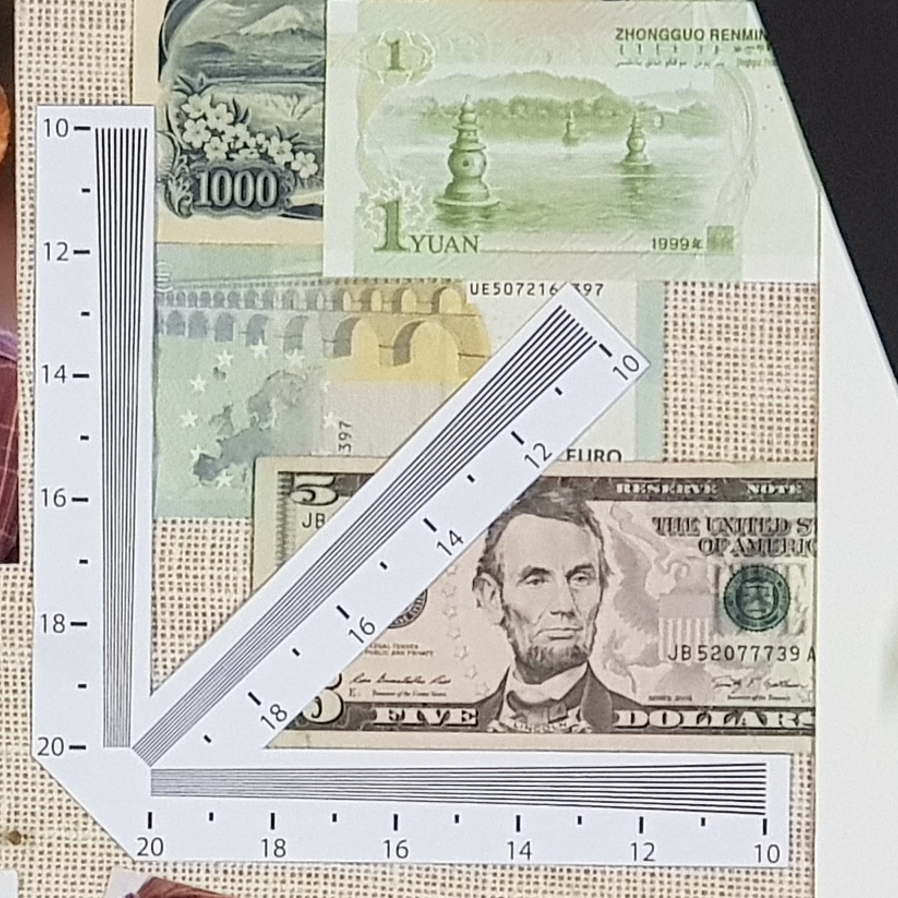

Bokeh
Apple iPhone X
55
The iPhone X’s improved telephoto lens also ensures sharper portraits in both indoor and outdoor conditions. The bokeh simulation algorithm applied in Portrait mode is also one of the nicer ones we’ve seen, producing a pleasant depth-of-field effect, a good bokeh shape with nice circular spectral highlights, and very repeatable results. The background blur isn’t as strong as we’ve seen for other devices (notably the Samsung Galaxy Note 8), but that gives the X’s bokeh a slightly more natural appearance. The X lost points for noticeable failures in depth estimation, with elements in the foreground slightly blurred (although not as blurred as the background) whether they’re connected to the portrait subject or not. Some artifacts and masking errors around the portrait are visible on 100% crops, too, but they won’t be particularly noticeable in images displayed on small scale.
Video scores explained
The iPhone X achieves a Video score of 89 points, with almost identical results and scores as for the iPhone 8 Plus. The overall Video score is calculated using the video sub-scores to give us some indication of the device’s pros and cons for shooting moving images: Exposure (81), Color (86), Autofocus (84), Texture (51), Noise (66), Artifacts (83)
Stabilization (91).
The iPhone X’s main strengths lie in exposure, which offers good dynamic range and fast convergence during light changes, as well as in color rendering in videos, which display good saturation and neutral white balance in most lighting conditions. Low light remains challenging with iPhone X videos, however, with noticeable underexposure, visible luminance noise, and slight irregularities in autofocus and tracking affecting sharpness — although considering the conditions, these remain just about acceptable. In good light, though, video autofocus and tracking is both fast and accurate, and the iPhone X’s video stabilization is generally excellent, aside from occasional high-frequency oscillations, which are visible when shooting video with walking movement.
Please note that for video we test all devices at default settings which in the iPhone X’s case is 1080p at 30 frames per second. The iPhone X is capable of recording 4K resolution at 60 frames per second but this mode was not tested for our analysis.
Conclusion: Apple’s flagship smartphone delivers the goods
With all of the analyses completed, the scores calculated, and the results verified, the iPhone X turns in an excellent result, delivering outstanding images for smartphone photography enthusiasts. It’s exceptional for stills, achieving the best Photo sub-score yet at 101 points. The overall score is affected by a slightly lower result for video, but at 97 points, the iPhone X ties with the Huawei Mate 10 for the second-highest score in our database of overall mobile image quality. For portraits, the improved telephoto lens delivers sharp results even indoors, and the bokeh simulation produces a natural and pleasing background blur. Outdoors, exposures are outstanding, with great dynamic range, impressive skies, good fine detail, and punchy color rendering. Add to all that the extra features on the front-facing camera, including a Portrait mode for blurred-background selfies, and the iPhone X delivers one hell of a smartphone camera.
Pros
- Very good exposure, with good shadow and highlight detail preservation in HDR scenes
- Accurate color rendering and white balance in all lighting conditions
- Good detail preservation and low levels of noise in most lighting conditions
- Good detail preservation using zoom in all lighting conditions
- Bokeh effect looks natural
Pros
- Accurate color rendering and white balance in most lighting conditions
- Good exposure with fast convergence during lighting changes
- Fast and accurate autofocus performance
- Effective stabilization
- Good detail preservation
Cons
- Autofocus is occasionally a little slow
- Underexposed pictures with visible red-eye in flash-only shots
- Ghosting artifacts noticeable on moving objects
Cons
- High-frequency oscillations during walking movements
- Luminance noise visible in low light
- Slight loss of sharpness during tracking in low light
A note about image formats for this review: The iPhones 8, 8 Plus and X record photographs in the DCI-P3 colorspace, which their displays also use. DCI-P3 is newer and larger than the sRGB color space that most devices use and most web browsers assume. So to ensure that the images we used in the review display properly on a wide variety of browsers and devices, we converted the originals from DCI-P3 to sRGB using Photoshop (which is why the published test photos show Photoshop as the creator). This can slightly reduce the richness of color in some cases from what you would see when viewing the original images on a DCI-P3-calibrated display with appropriate software. We also captured the original images using the new HEIF (High-Efficiency Image Format), but then converted them to very high-quality JPEGs for viewing in standard browsers and image editing software. (HEIF is very similar to JPEG, but provides better compression for similar image quality, so the conversion makes the sample image file sizes larger than they were when shot.) Please note, however, that unlike our test images, some of the comparison photos used in this review were shot in JPEG and used as-is for illustrative purposes, and were not used to compute scores.


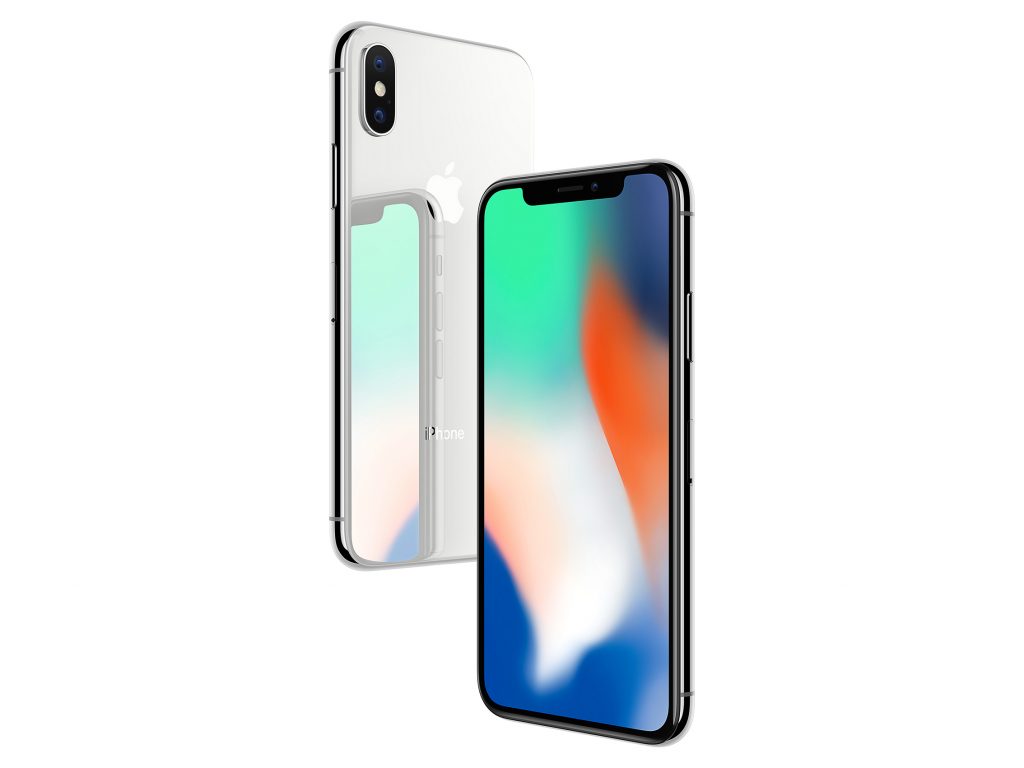



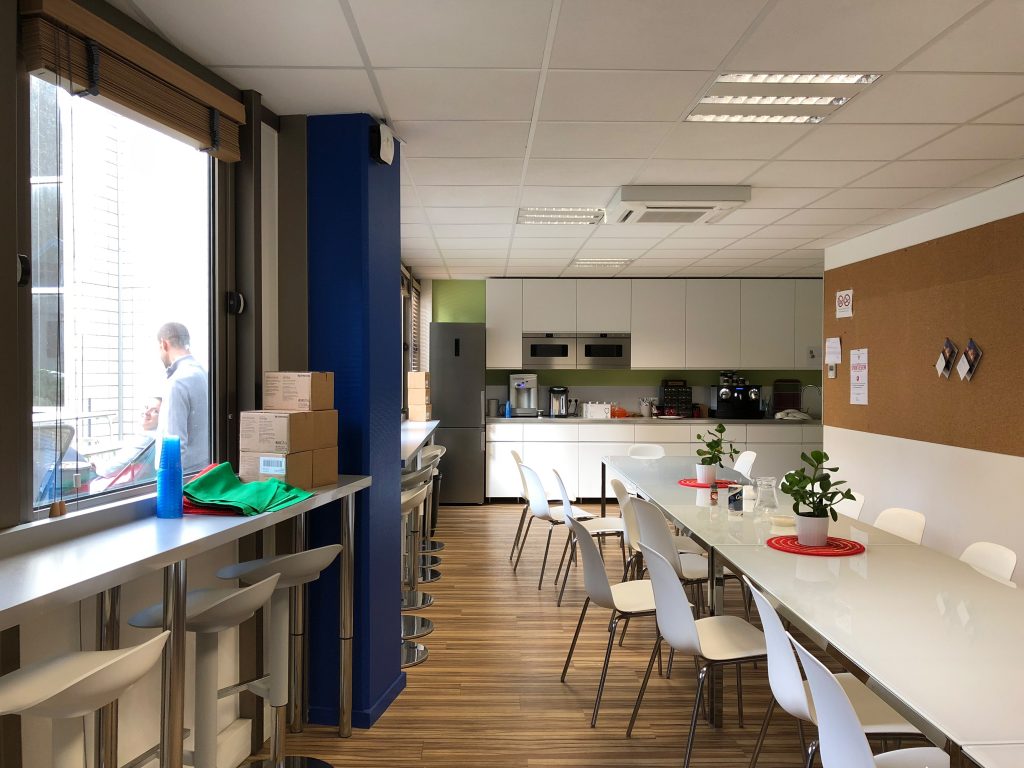
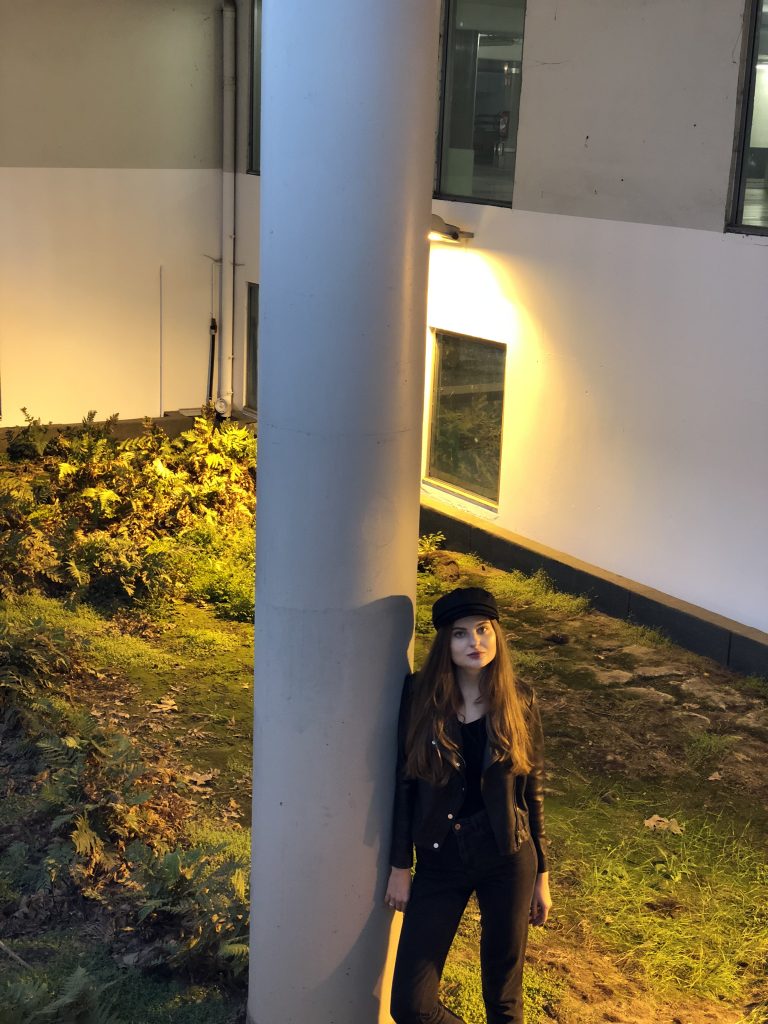
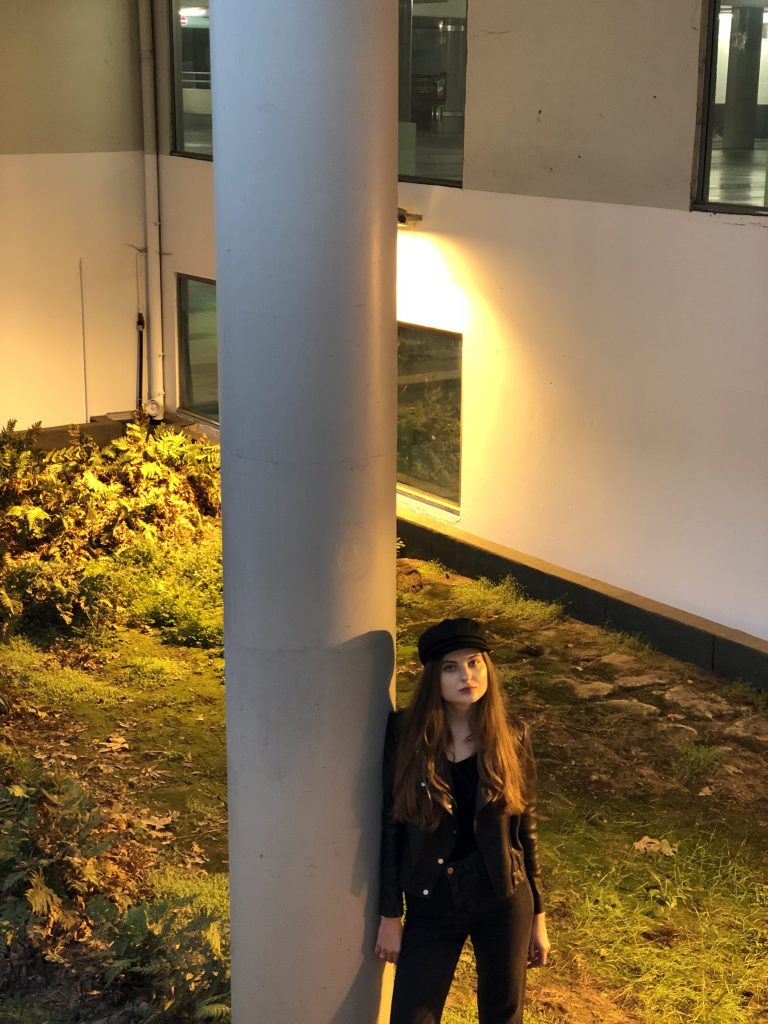
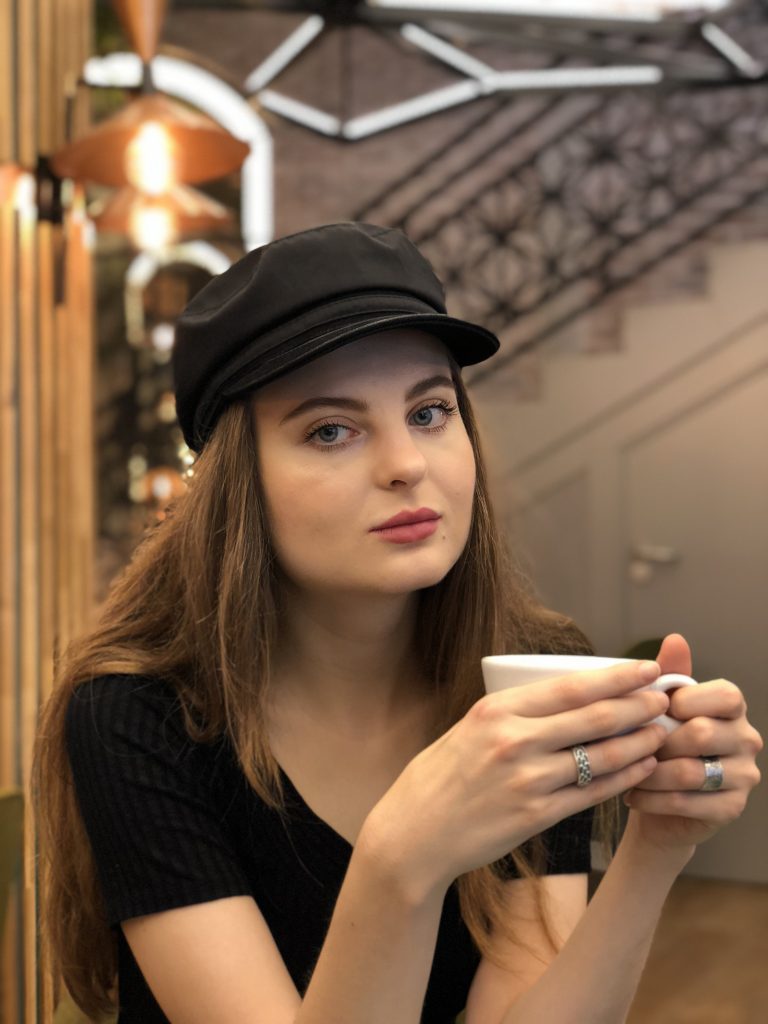
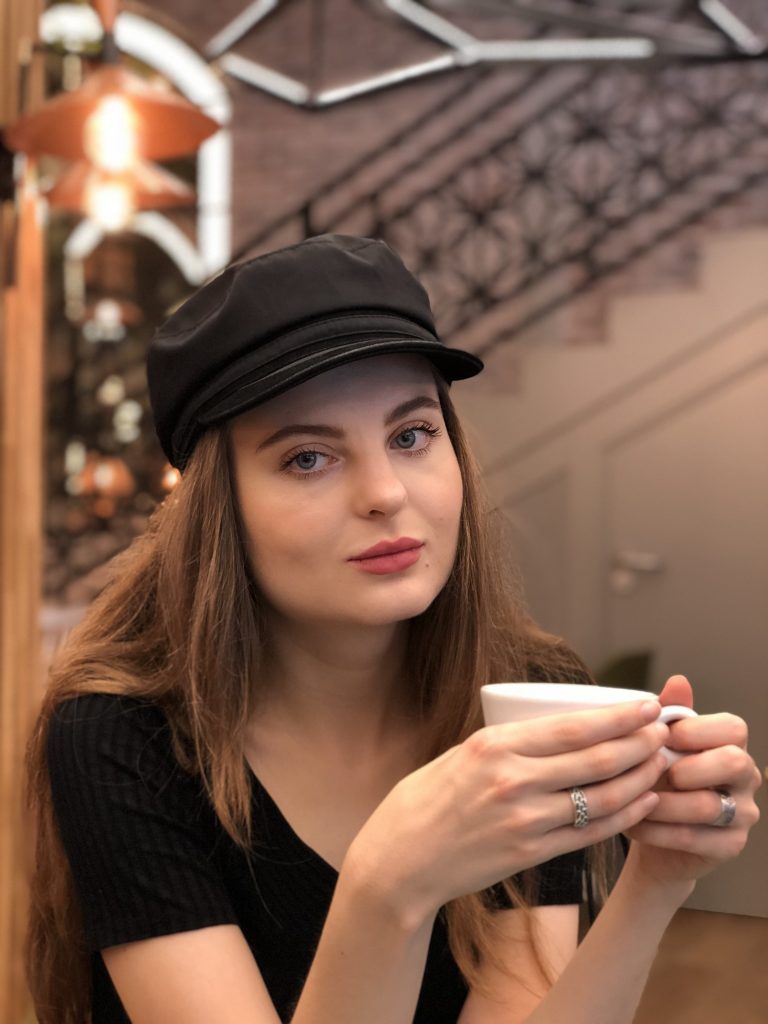


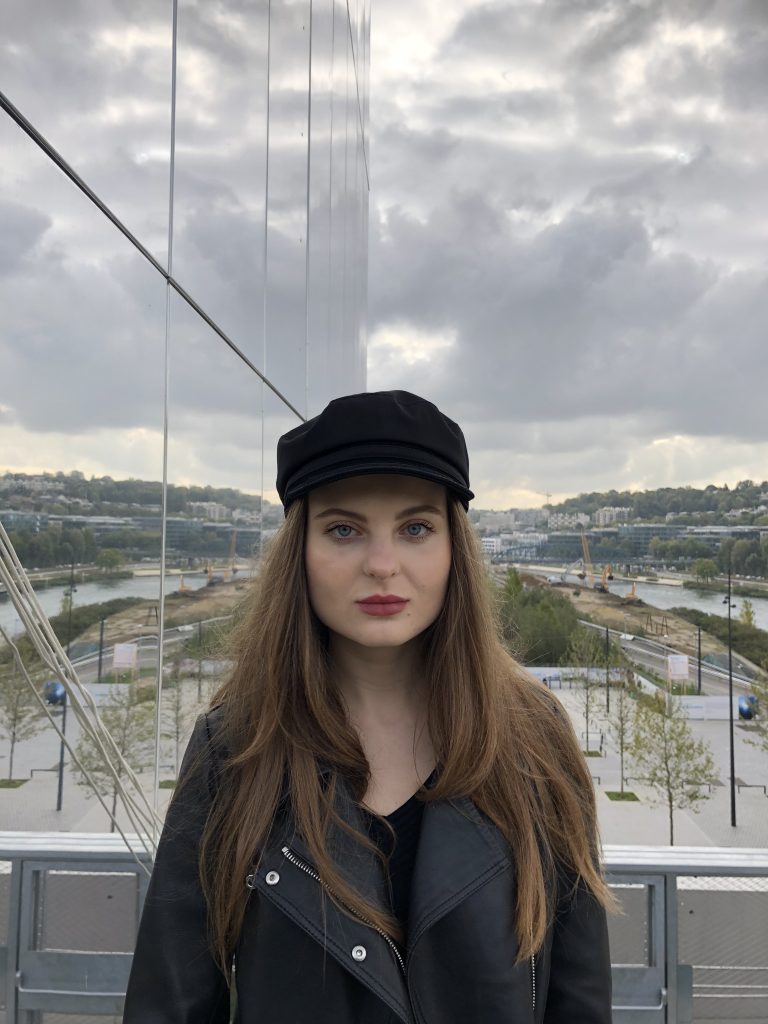


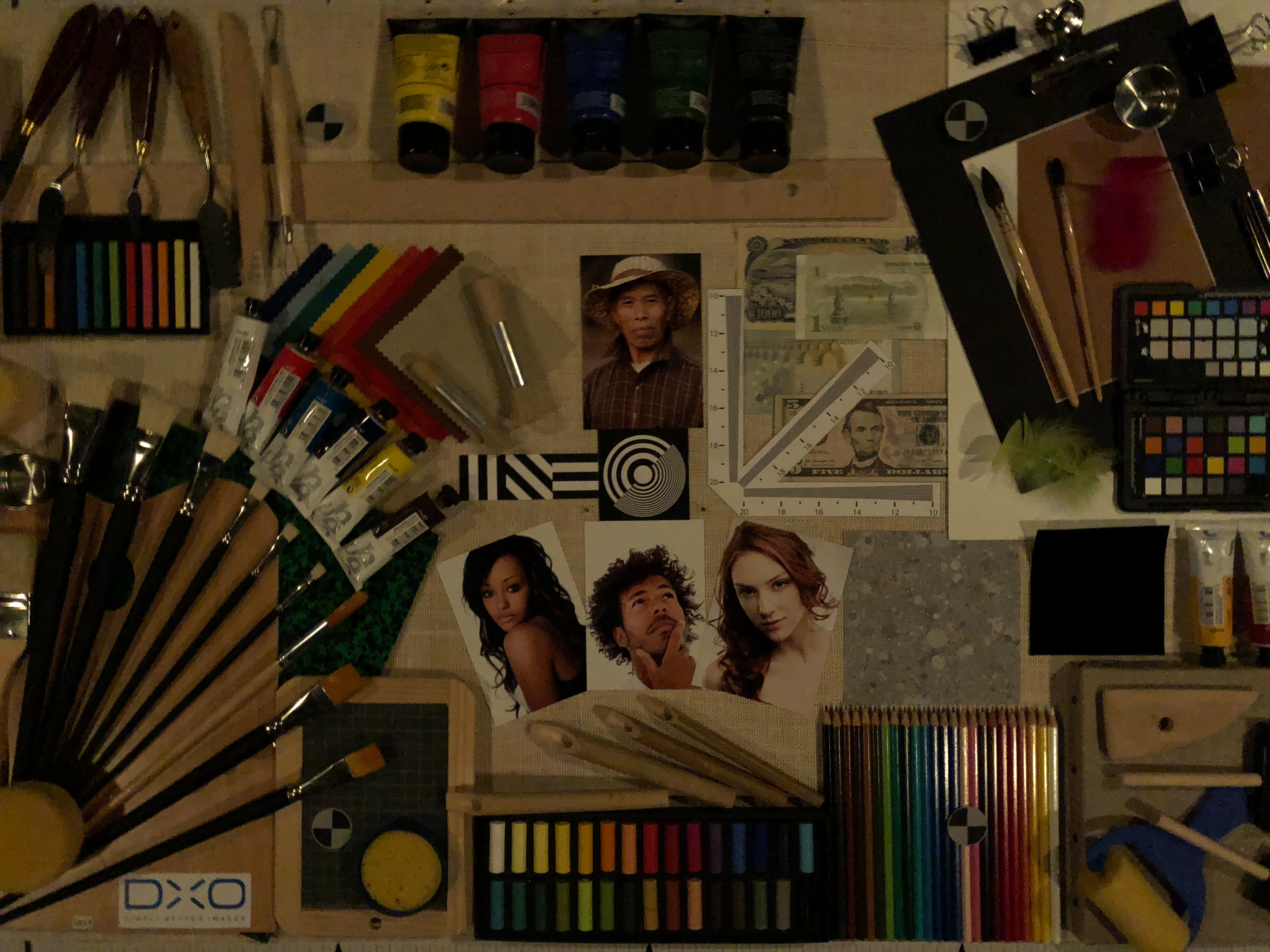
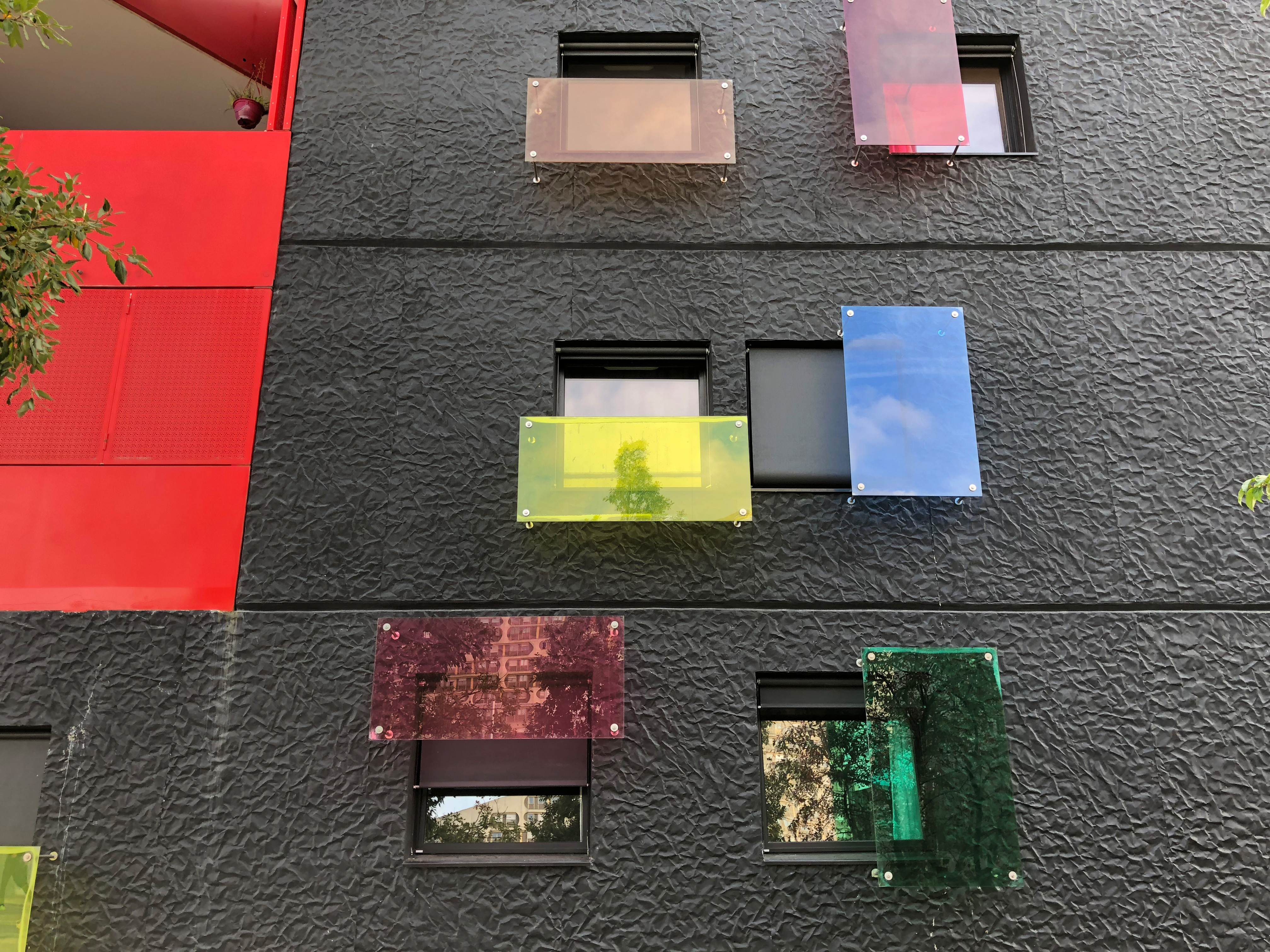
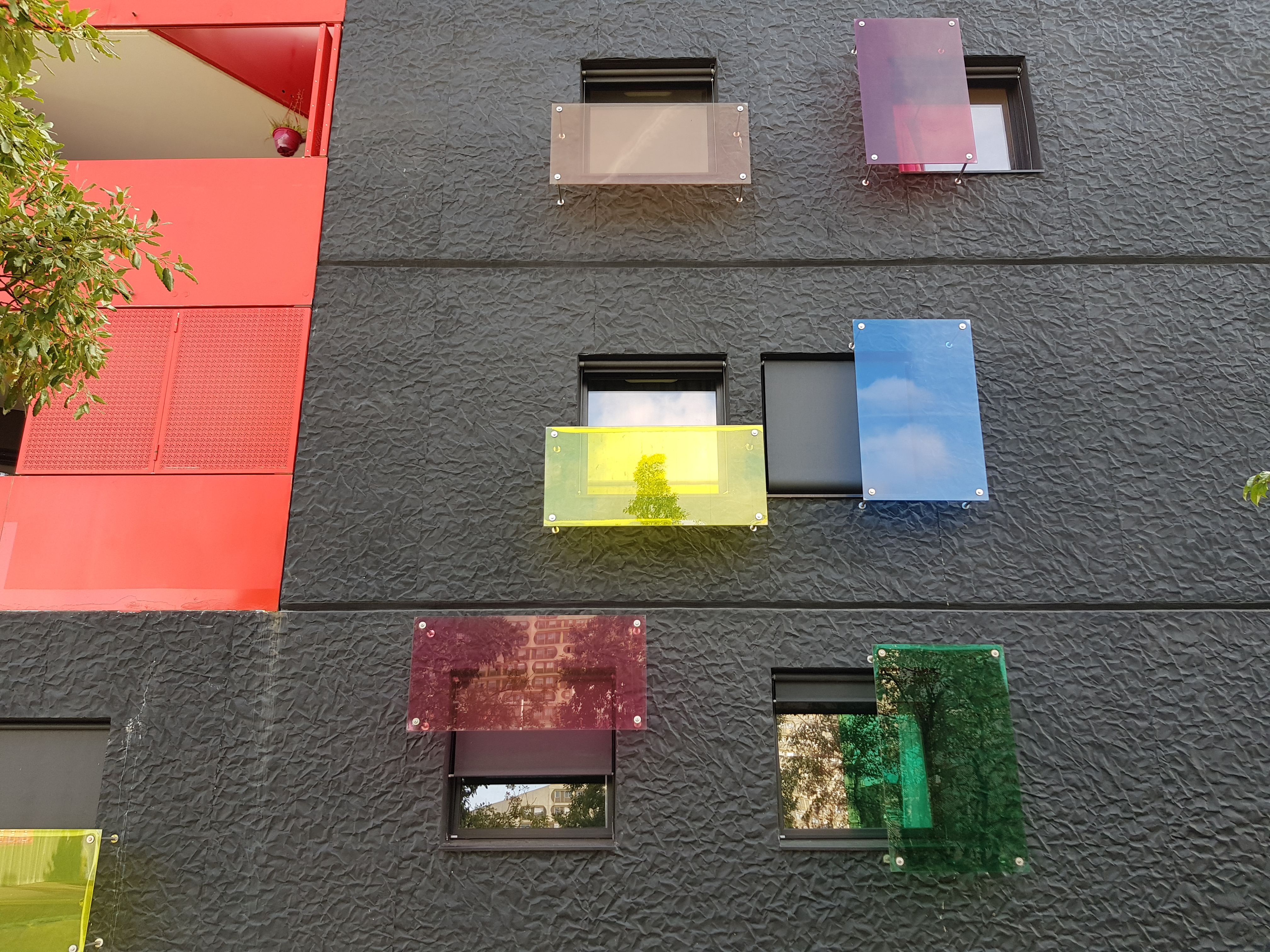
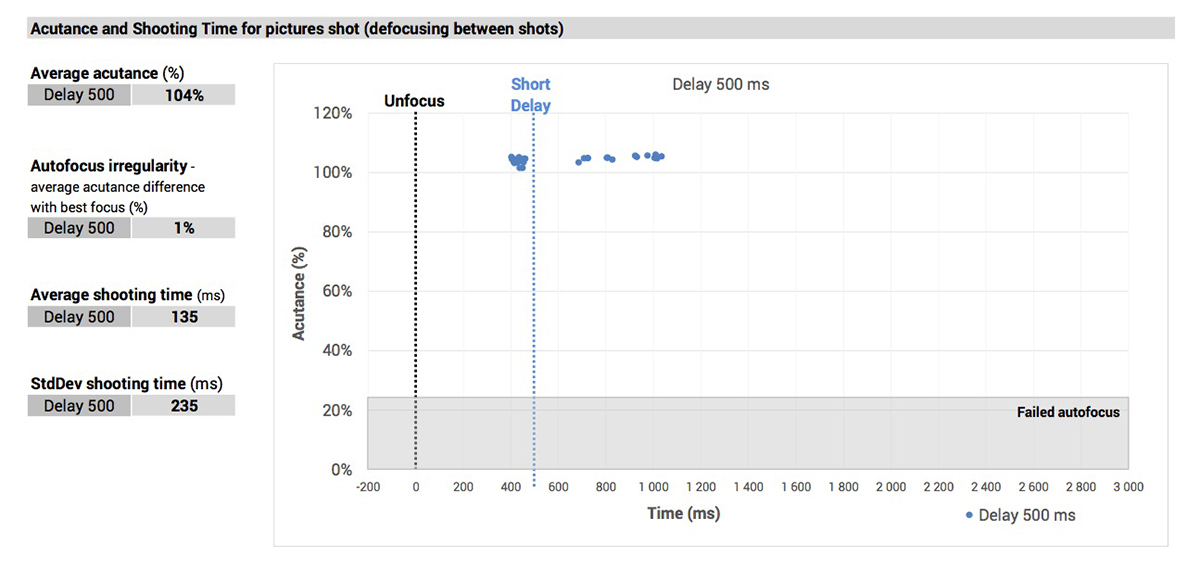
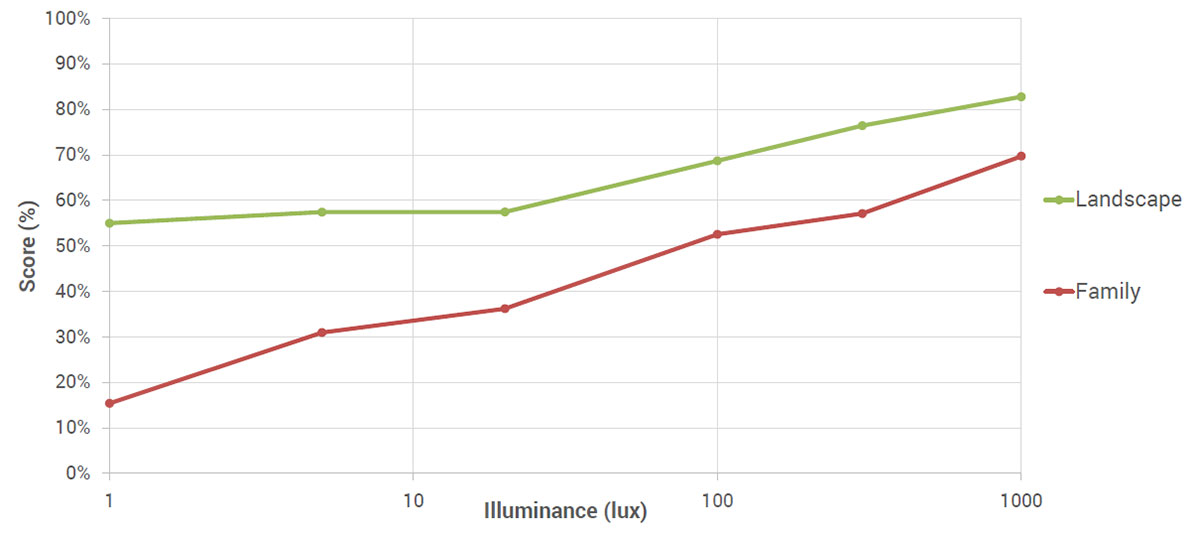














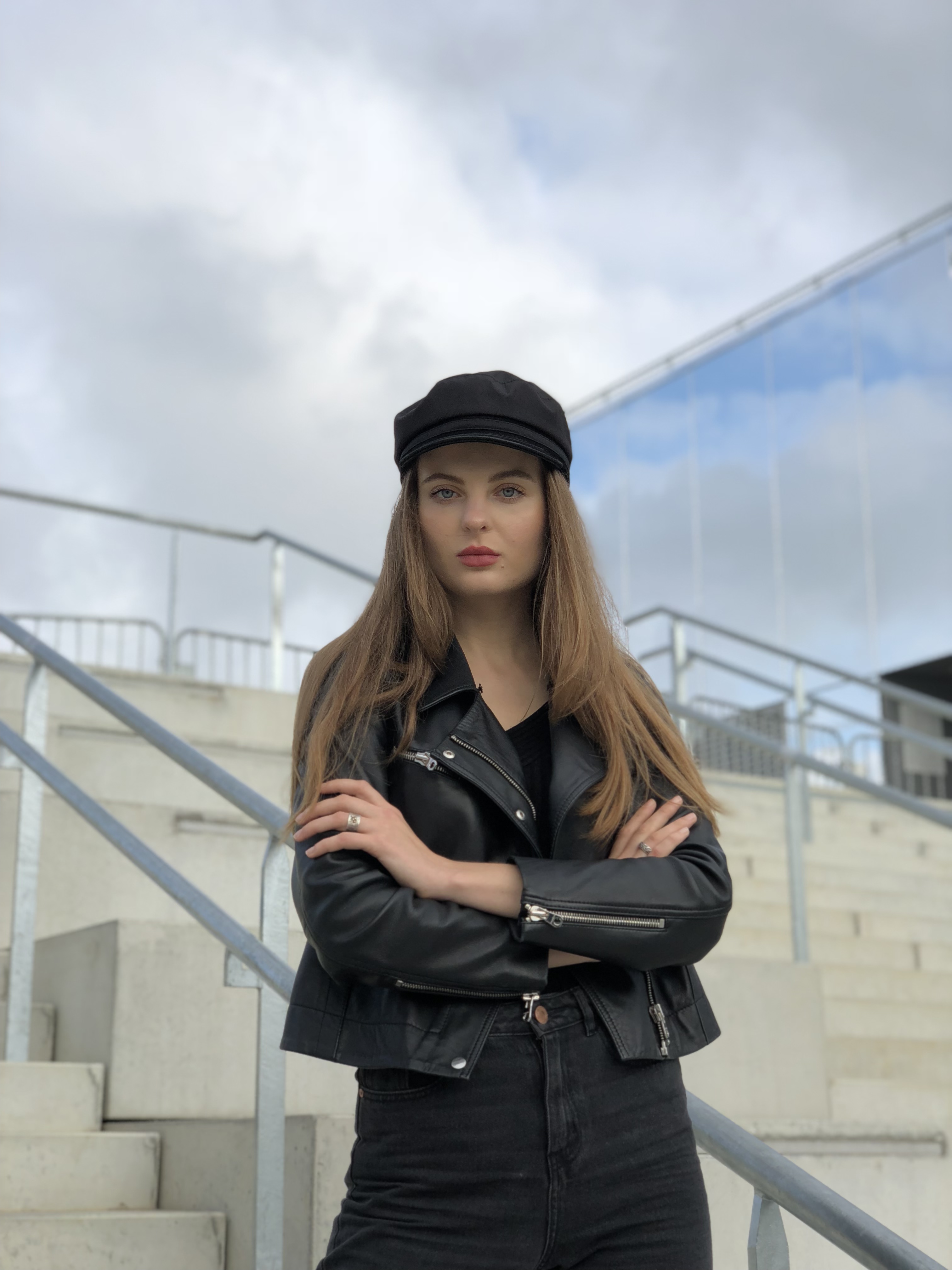
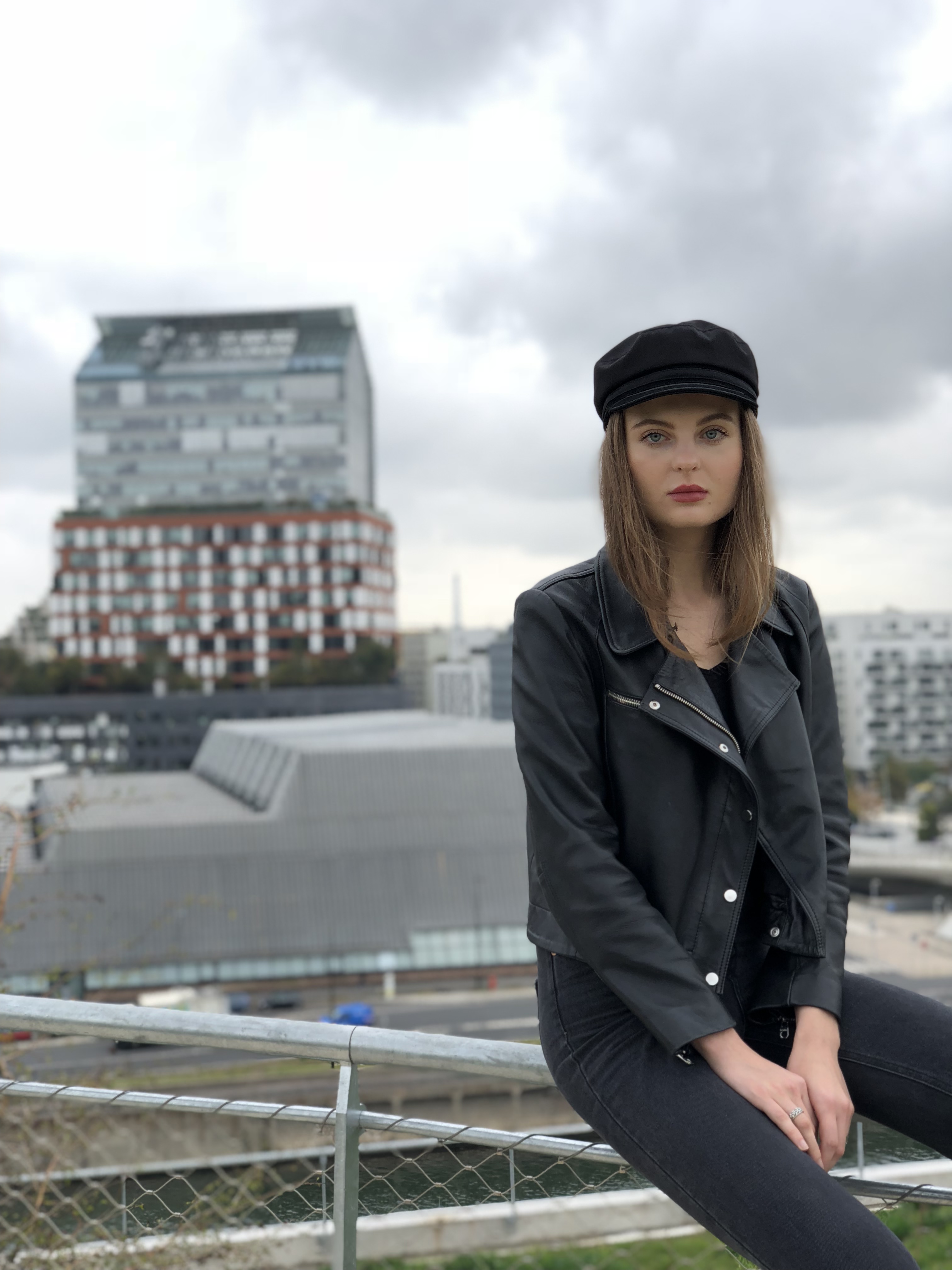
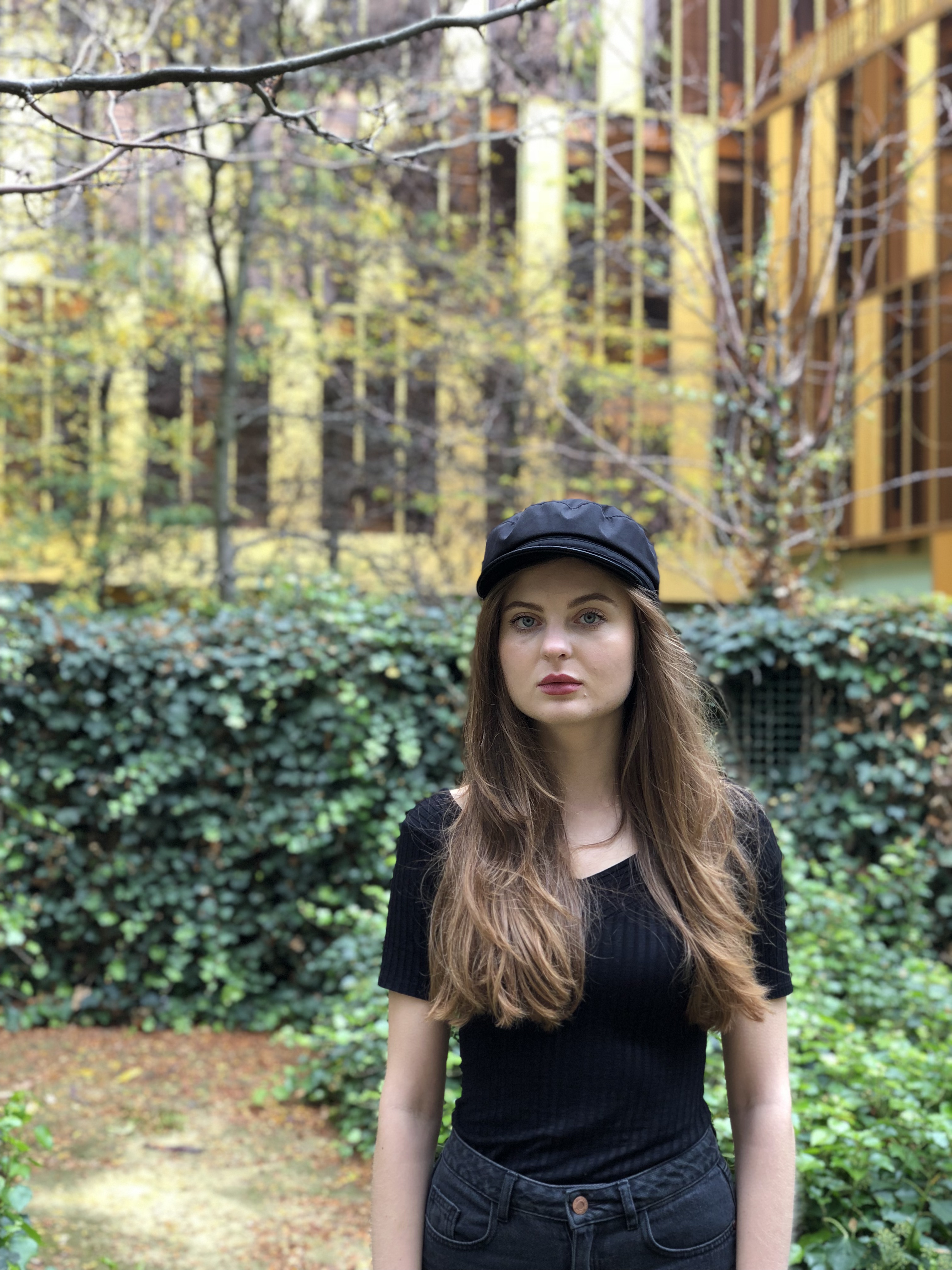



DXOMARK encourages its readers to share comments on the articles. To read or post comments, Disqus cookies are required. Change your Cookies Preferences and read more about our Comment Policy.